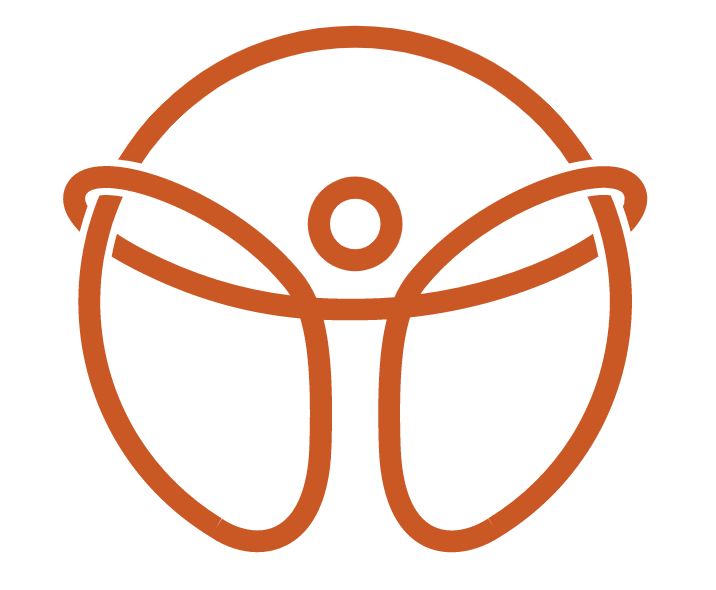Plantar fasciitis and crossfit: how to keep training smart (part 2)
Plantar fasciitis is a common cause of heel pain among CrossFit athletes. It occurs when the plantar fascia—a thick band of tissue along the bottom of the foot—becomes irritated from repetitive strain or high-impact movements. This tissue helps support the arch and absorb shock during activities like running, jumping, and lifting. When it’s overloaded, pain, stiffness, and inflammation can develop near the heel or along the arch.
Understanding the Rehab Phases
Recovering from plantar fasciitis isn’t just about stretching or icing your foot. It’s about progressively building strength, mobility, and load tolerance so your plantar fascia can handle CrossFit-specific movements like double-unders, box jumps, and heavy squats.
Early Phase – Pain Relief & Morning Mobility
The first goal is to reduce morning stiffness and protect the tissue during the early stages of recovery. Key strategies include:
- Plantar fascia stretch: Sit, cross one leg over the other, and pull your toes back. Hold 20–30 seconds, 3–5 rounds.
- Toe scrunches: Strengthen your intrinsic foot muscles with 2–3 sets of 15–20 reps.
- Calf stretches (straight & bent knee): Hold 30 seconds each, 2–3 rounds.
- Walk around in shoes first thing: Reduces strain on an irritated plantar fascia.
For CrossFit, try doing these drills before morning classes, or use toe scrunches and calf stretches during WOD warm-ups to prep the foot.
Strength Phase – Build Foot Strength & Load Tolerance
Once pain is under control, the focus shifts to strengthening the foot and lower leg so it can tolerate regular CrossFit training. Recommended exercises include:
- Heel raises: Straight-knee and bent-knee variations, 3–4 sets of 10–15 reps. Use a deficit for more range as tolerated.
- Split squats with back foot in plantarflexion: Loads the plantar fascia while improving foot strength. Incorporate into EMOMs with accessory core or scapular work.
- Single-leg balance drills: Single-leg RDLs, balance on foam/unstable surfaces, or kettlebell pass-arounds while balancing.
Integrate these into warm-ups or accessory work to build stability for double-unders, box jumps, and Olympic lifts.
Performance Phase – Return to Running, Jumping & High Impact
Once strength and mobility are adequate, gradually reintroduce plyometrics and running. A typical progression includes:
- Start with marching, progress to jogging, then short runs.
- Add small pogo jumps, bounding, and single-unders.
- Gradually progress to double-unders and low box jumps.
- Monitor pain, keeping it ≤2/10 during and after training.
Example 4-week progression:
- Week 1: 3×30-second pogos + 200m jog
- Week 2: 5×20 single-unders + 400m run
- Week 3: Small sets of double-unders (5–10 reps)
- Week 4: Return to full WOD volume if pain remains low
Supporting Recovery & Load Management
Recovery isn’t just about exercises. Proper load management, footwear, and symptom strategies are key:
- Modify, don’t stop: Reduce high-impact activity temporarily and replace with low-impact cardio.
- Footwear & orthotics: Shoes with arch support and proper heel drop reduce strain; orthotics can help offload stress during flare-ups.
- Symptom relief: Soft tissue work, mobility drills, and ice therapy can reduce pain without interfering with training.
- Morning stiffness tip: Flex the foot and do ankle circles before getting out of bed to reduce first-step pain.
The Bottom Line
Plantar fasciitis doesn’t mean stopping CrossFit—it means training smarter. By progressively managing load, building foot strength, and supporting recovery, most athletes can continue training safely.
At MVMT STL, our goal is to keep you moving and guide you back to full performance confidently.

